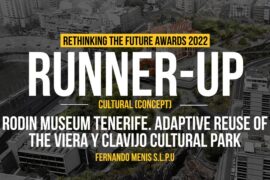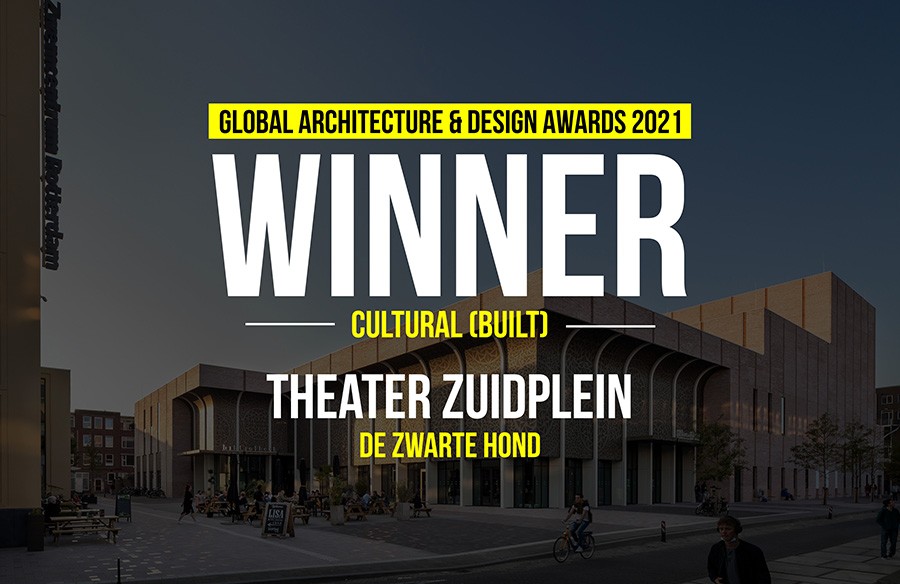First Award | Cultural
Project Info
Participant Name: Fai Wai Cheng
University: University of Hong Kong
Country : Hong Kong
Details
From Abandoned To Cultural Oasis The “No Man’s Land”
Prologue: Today, we think of the global metropolis as the context for dense, vibrant urbanity – an artificial world with high-rise buildings packed across the city. However, the urban fabric of Berlin, the capital of Germany, is, in this sense, very different from other world cities. The city fabric of Berlin is surprisingly highly fragmented, as a result of a sequence of residual historical events, most significantly, the bombing of Berlin in World War II and the following partition of the city between the western and east, reinforced during the Cold War, with the Berlin Wall in 1961. Empty land and disused buildings can be found all over the city, and especially in the continuous vacuity along most of the space of the Wall. The void spaces within this extraordinary urban fabric, inherited from Berlin’s unique historical background, is the context for the formulation of this design thesis on a further intervention into Berlin’s void.
The power of the Voids: As a city whose metropolitan character faded as a result of its twentieth century history, Berlin has still become one of the world’s most significant creative hubs, within 23 years of time after the fall of the Berlin Wall. One of the main reasons was, the Void spaces (empty land and disused building), found mostly in the East city, became easily available for artists to occupy for various creative uses. More importantly, these spaces are the basis of cultural innovation that allowed experimental culture and small creative industries to sprout and has made Berlin what it is today. Therefore, we can argue that the Void spaces is a symbol of freedom, as well as democracy and opportunity, and these Void spaces are probably more important and meaningful to Berlin rather than simply putting Solid buildings to replace existing Voids.
Hypothesis: These void spaces are meaningful to read Berlin’s history, but they offer little clues as to how to deal with the further development of Berlin. The thesis aims to address the complex, paradoxical issues of healing the erasure of the wall, aiming to propose an alternative to fill the space of the void with a new intervention of solid massive buildings as in the Potsdamer Platz. An investigation of the new developments and Solid and Void conditions along the former Berlin Wall in Central Berlin shows the Void spaces have been simply replaced by Solid buildings year after year, in order to fill up the gap, as quickly as possible, with the aim to make history disappear, or at least to be healed. The new developments were mainly built for specified purposes for political value or economic stimulation, and the so called plazas are ended up to be places occupied by tourists. These types of new development reduce the vivacity of the central Berlin and do not intersect with the living space of the inhabitants or not even building up any new connection between the East and West city.
This thesis is an opportunity to address a hypothesis on the “No Man’s Land” – a relic of the former Berlin Wall, the strip of void triggers a thesis project whose objectives are simultaneously to heal the wound by turning the Void spaces into new territories and inhabit these Voids by ‘making sense’ of them rather than simply ‘occupying’ them, yet also to express and inscribe its memory into physical fabric of the city.




